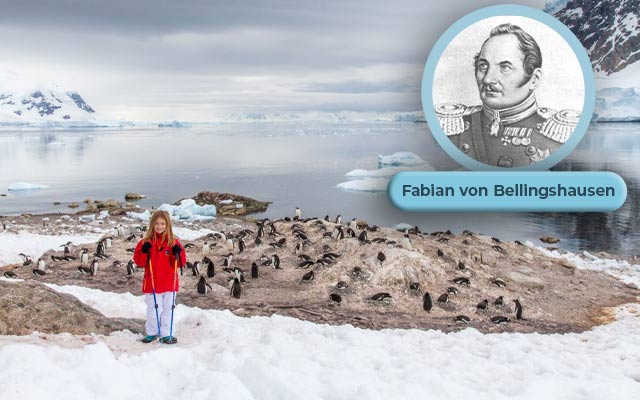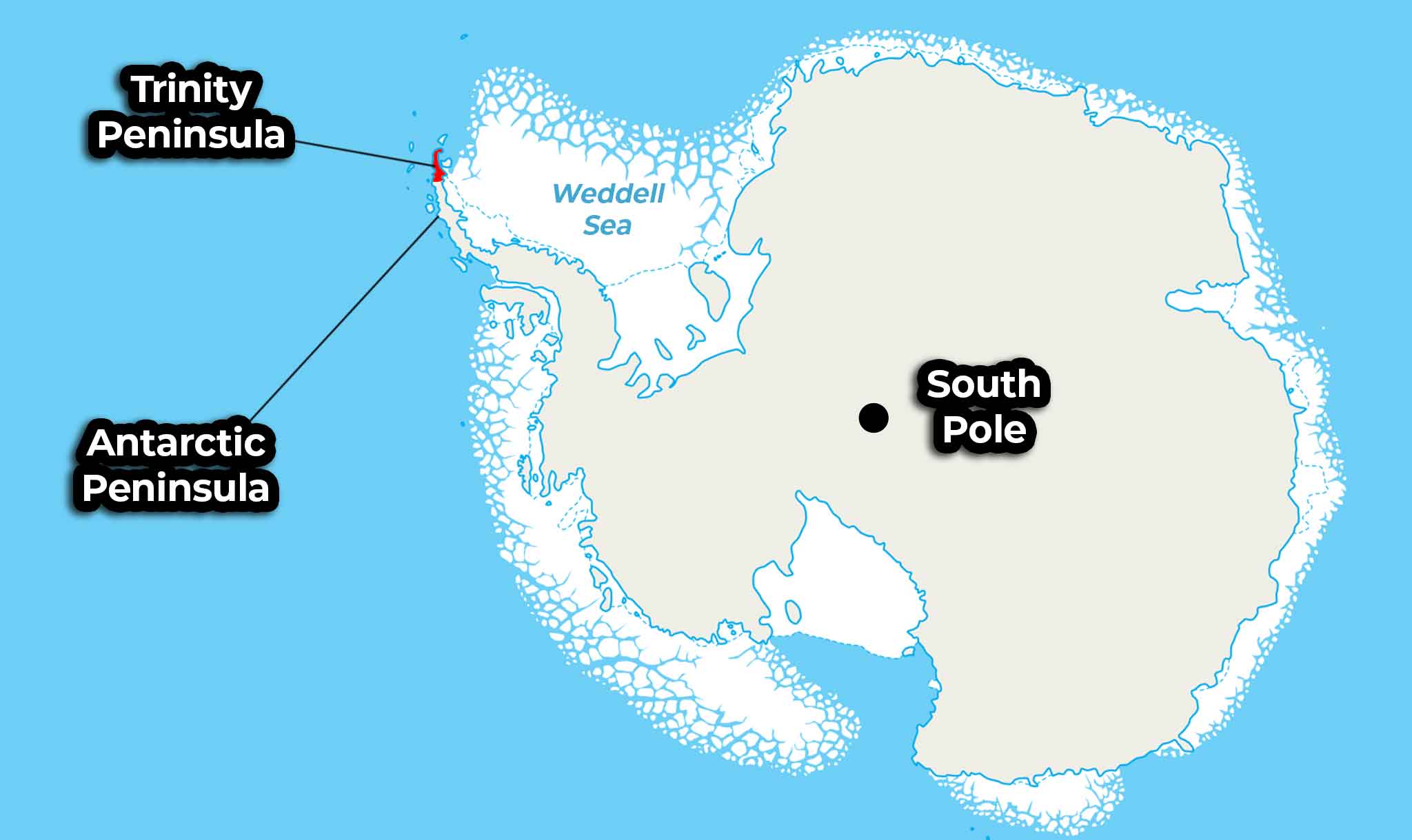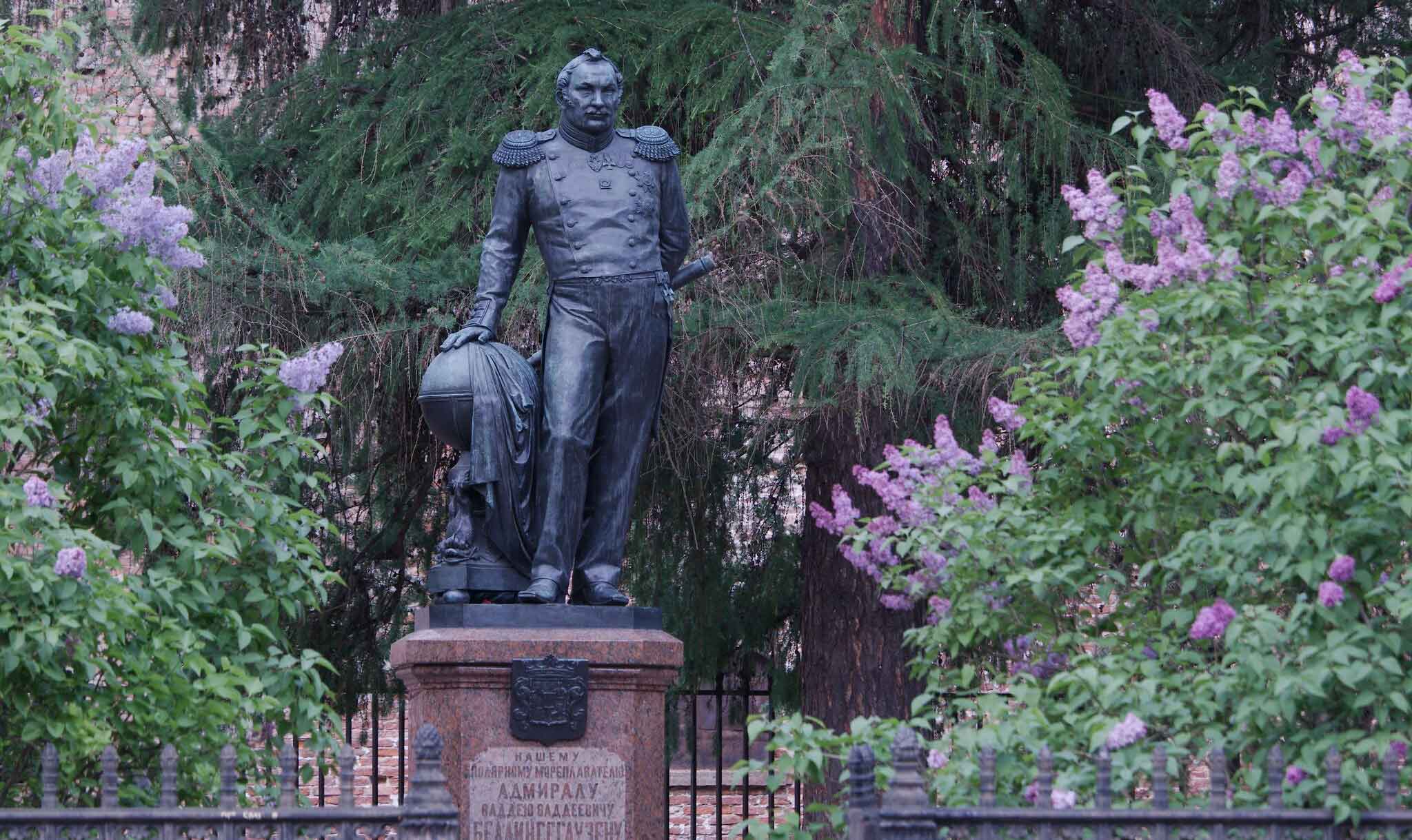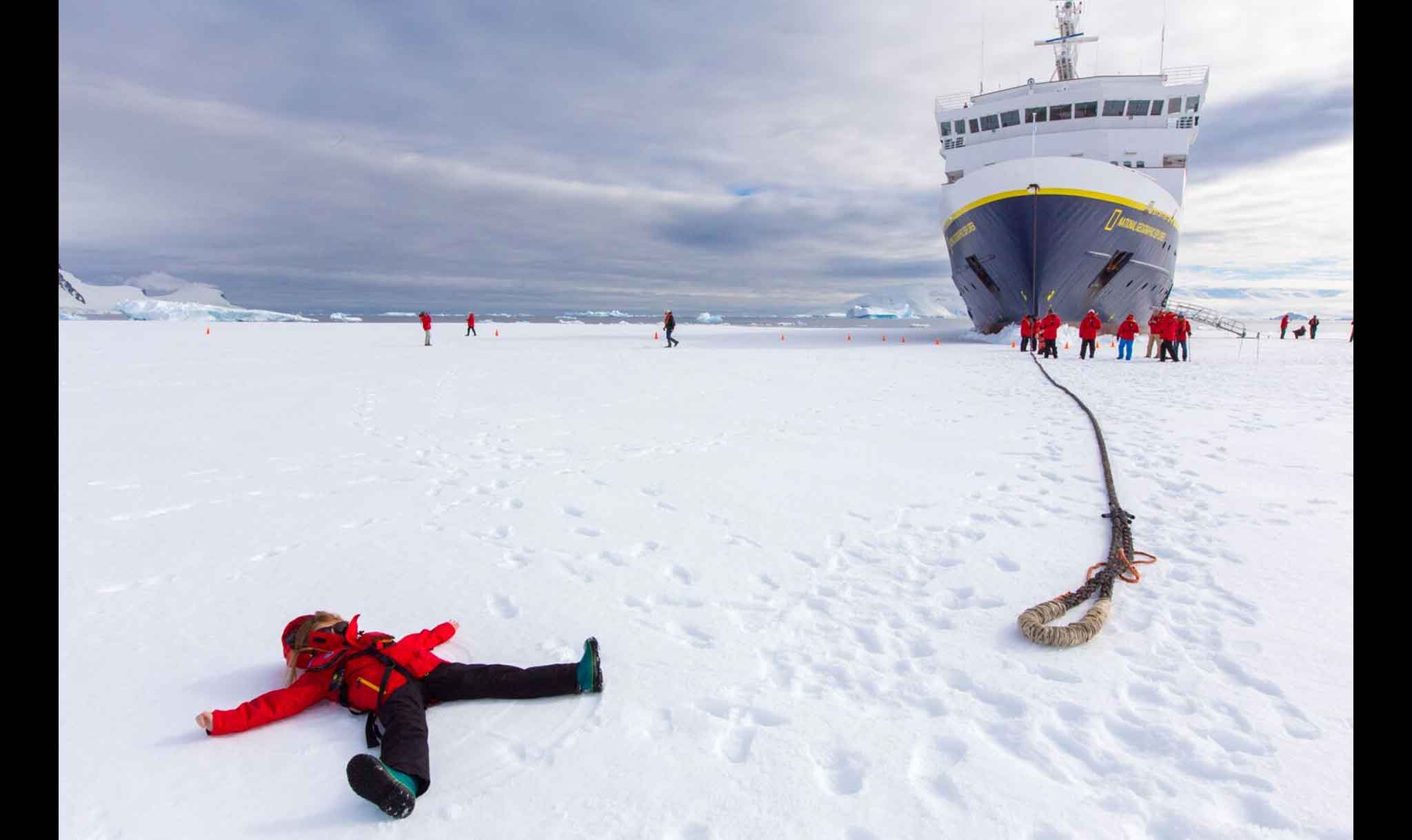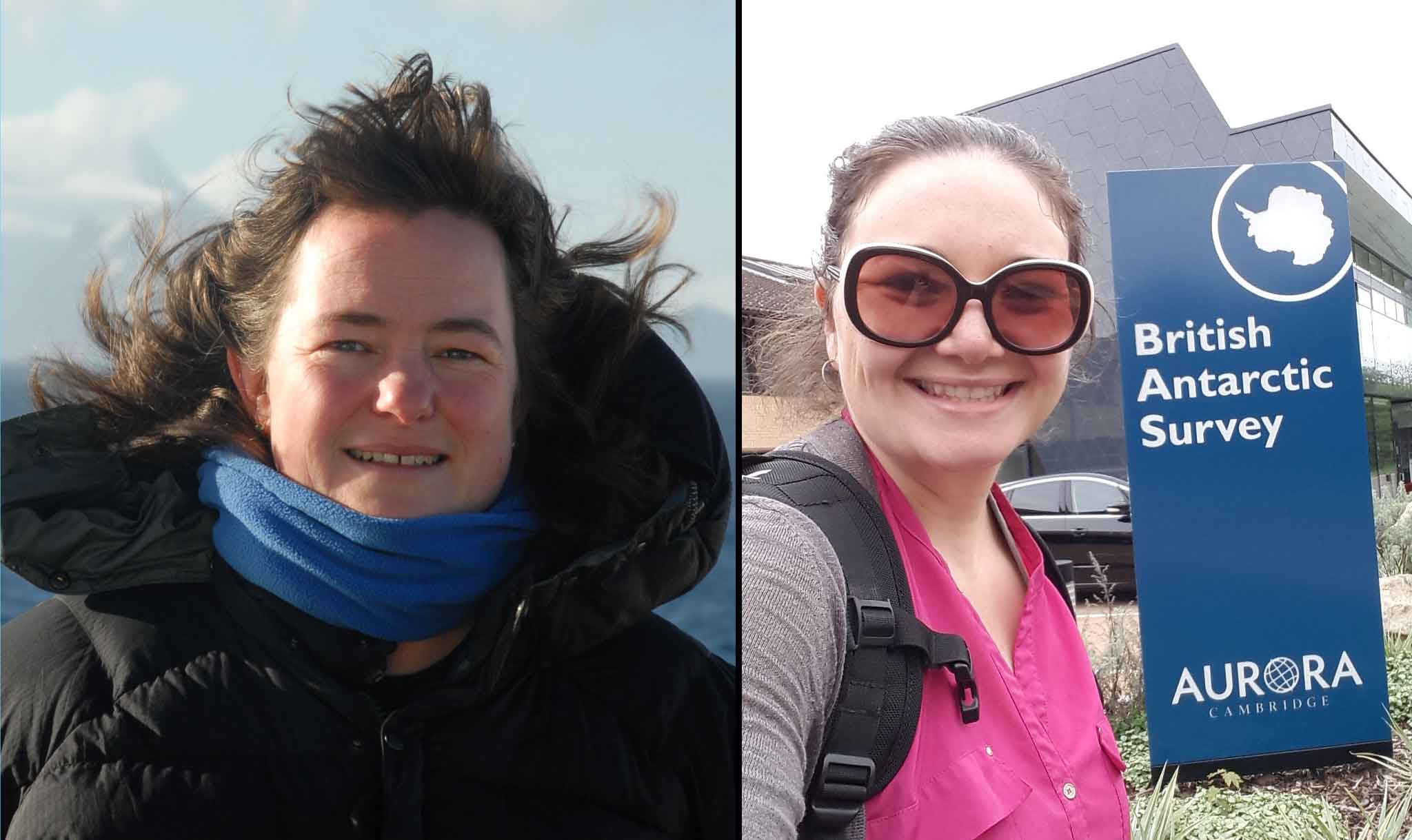There are seven continents on Earth. For many years, however, people only knew about six. No one had ever seen Antarctica before! That all changed in January 1820, when sailors spotted the icy land for the first time. So we’ve now known about Antarctica for 200 years!
But who discovered the seventh continent? The answer isn’t so clear. Two different explorers said they did! One was Fabian von Bellingshausen from Russia. He spotted ice off Antarctica on January 28, 1820. The other was Edward Bransfield of the British Royal Navy. Bransfield saw the tip of the Antarctic Peninsula on January 30.
American Nathaniel Palmer sailed by Antarctica later in 1820. But nobody stepped foot on the land that year. American John Davis likely landed there first in February 1821. Ever since, people have raced to explore — and learn more about — the coldest continent.
For example, explorers tried to reach the South Pole in the early 1900s. Two separate expeditions tried to get to that spot in Antarctica first. Roald Amundsen reached the southernmost point of the planet on December 14, 1911. Robert Scott and his team arrived a few weeks later — then died on their way home. “We took risks,” Captain Scott wrote in his diary. “I do not regret this journey.”
As the 1900s continued, several countries claimed land in Antarctica. They included Australia, France, Japan, Russia, and the United States. In 1959, leaders made an agreement about who could control Antarctica. The Antarctic Treaty protected the continent as a place for scientific study. It banned all military action. The treaty said, “Antarctica shall be used for peaceful purposes only.”
Many people are now able to visit Antarctica. They include tourists like Evelyn Stoen. She took a cruise ship with her family when she was just 8 years old. “Antarctica was amazing!” Evelyn told News-O-Matic. “My favorite things were belly sliding with penguins, whale watching, and kayaking between icebergs.”
Antarctica is the only continent without a native human population. But hundreds of scientists live there today. There is a lot to learn in Antarctica. Some scientists are studying the ice cap. Others are measuring its warming temperatures or lakes under the ice.
Scientist Katrin Linse has been to Antarctica 16 times. She said there’s still so much to discover there. “Even after 200 years of the Antarctic exploration, there are areas and species that we haven’t even seen,” Linse explained.
Daniella McCahey is an expert on Antarctic history. She believes people should learn more about the continent. “It’s a huge part of our world,” McCahey explained. She said she is “always more in love with it.”
“It’s a place that is still kind of mysterious,” she added. “Even now.”
Updated January 27, 2020, 5:02 P.M. (ET)
By Sara Merkin
